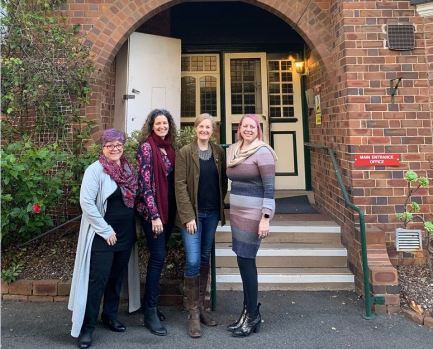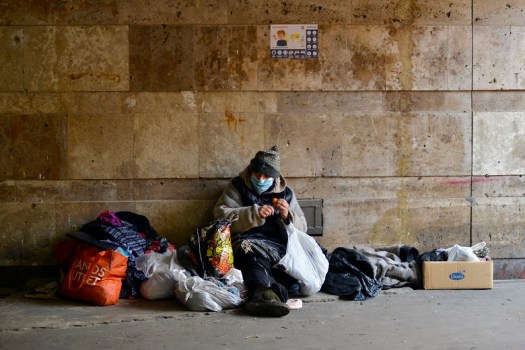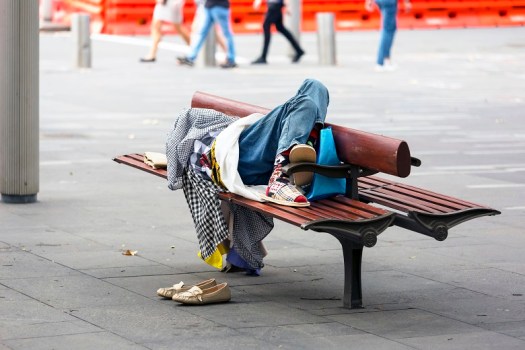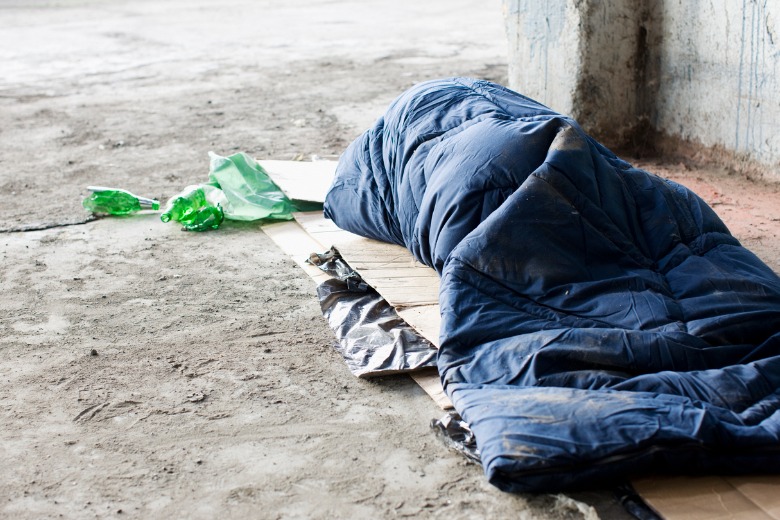
The NSW Government’s homelessness strategy is underfunded and likely to have only a limited short-term effect, an audit has found.
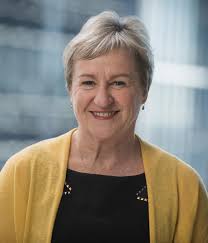
The $169 million NSW Homelessness Strategy 2018-23 comprises 21 actions including screening at-risk high school students, helping vulnerable people keep tenancies and providing social housing.
But the Department of Communities and Justice received “significantly less funding” than it sought for the strategy, which remains focused on how to go about ending homelessness rather than actually doing something about it, the NSW auditor general’s report says.
The shortfall in funding also means it a number of proposed actions have been dropped or scaled down, says auditor general Margaret Crawford.
‘Narrow reach’
The report says actions delivered as part of the strategy have a “narrow” reach in terms of both individuals and locations targeted for assistance.
“The strategy will have limited short-term impact on homelessness across NSW,” Ms Crawford concludes.
“But it is building evidence on what works,” she adds.
Ms Crawford found that once fully implemented, most of the actions in the report will only be available to a quarter of the state’s local government areas and support less than a quarter of state’s 38,000 homeless people.
“There is a risk that future funding will not be secured – and strategy actions not continued or scaled up – if the evidence on effectiveness is incomplete, mixed or unclear when the strategy concludes,” she says.
Ms Crawford warns this will be accompanies by increasing need for housing and homelessness supports that is likely to increase as the full economic impacts of covid-19 bites.
Covid response
The audit also looked at the department’s efforts to address homelessness in its COVID response.
In this case, Ms Crawford found the department effectively implemented a crisis response which helped find temporary accommodation for 4,350 rough sleepers during the pandemic.
But she says it’s unknown how many of those have returned to rough sleeping and more needs to be done to ensure a “sustainable response” that prevents people returning to homelessness.
She says the department estimates that almost three quarters of those who got temporary accommodation as part of the covid response may be back out on the streets.
The report recommends developing a homelessness strategy linked to the government’s social housing and housing strategies and putting in place a strategy targeting Aboriginal people who are at risk of homelessness.
Homelessness increases
The number of people experiencing homelessness in NSW increased 37 per cent between 2011 and 2016. In 2016 almost 38,000 were homeless in the state. The number of women experiencing homelessness has increased by 75 per cent since 2006 and Aboriginal people make up almost eight per cent of the state’s homeless population.
The increase in homelessness in NSW has outstripped other states and territories.
Department of Communities and Justice Secretary Michael Coutts-Trotter said the department had accepted all recommendations and has presented an action plan.
“We are building on a comprehensive evidence base to determine what works in preventing and responding to homelessness,” he said in a letter of response attached to the report.
The department’s evaluation of the strategy is due in July 2023.
It comes after a report the Victorian Auditor General released last year found the government had bungled the $45 million Homelessness and Rough Sleeping Action Plan thanks to poor planning, lack of agreed goals and insufficient performance monitoring.
Comment below to have your say on this story.
If you have a news story or tip-off, get in touch at editorial@governmentnews.com.au.
Sign up to the Government News newsletter
